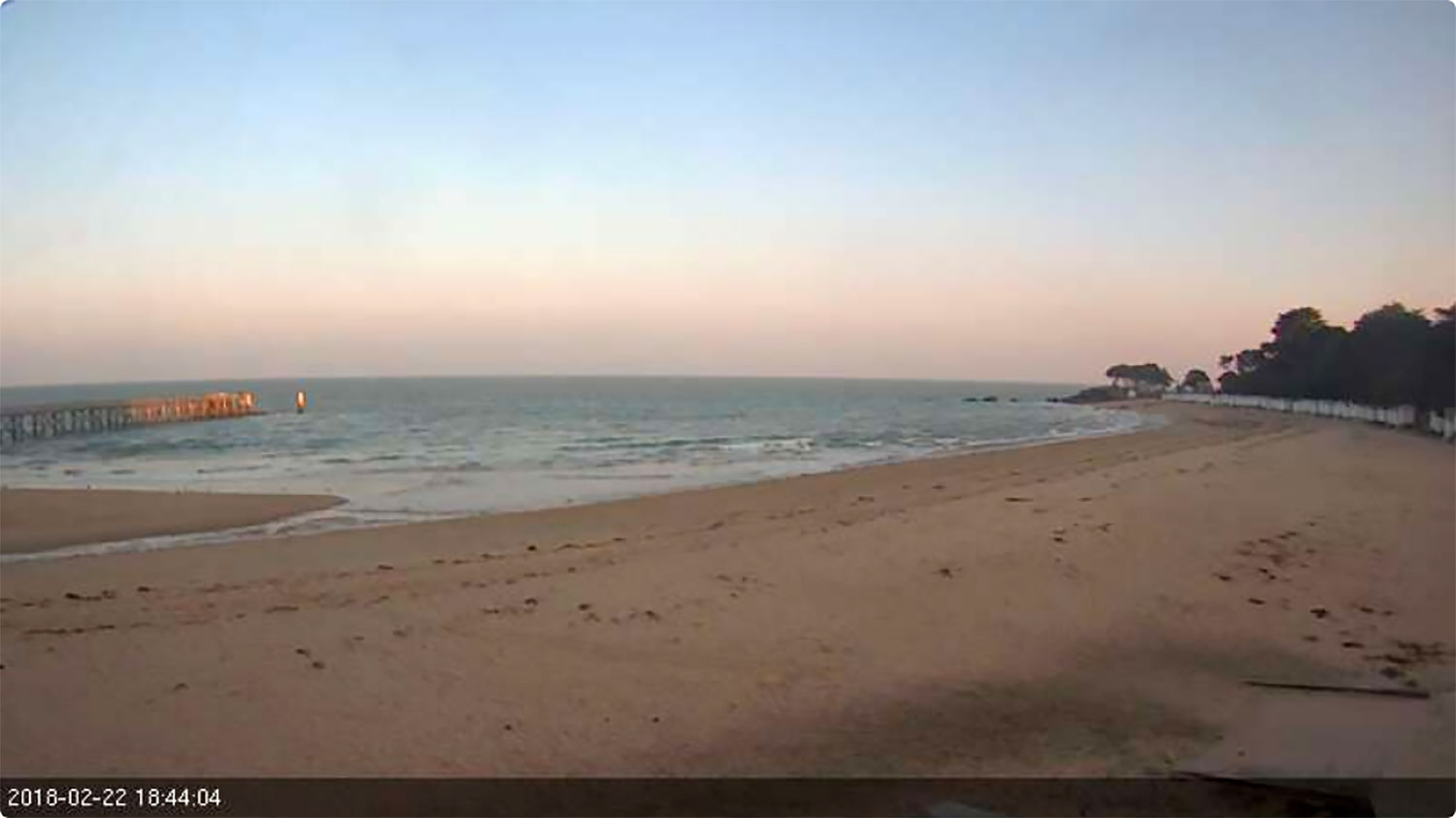Call for contributors
Calypso36°21 is launching a call for contributions for the Lexicon of drifting, a participatory work produced as part of Out.of.the.blue.map.
The lexicon brings together fragments of narratives [words, expressions, places, images, laws] in order to compose alternative borderscapes, to experiment new ways for borders to be sensed, and made sense of. Being both a place of passage and rupture, the Mediterranean Sea constitutes a liminal territory for some of those who cross it. The work around the lexicon deconstructs this territory, to free ourselves from imposed narratives by exploring their dead angles.
The result of two years of collaboration, this evolving editorial object is composed of contributions from artists, activists, jurists, researchers, architects and people whose work, stories and imaginaries summon, challenge and question these frontier landscapes. The book will be developed, edited and exhibited throughout the [exhibitions+workshops+meetings] programme in Morocco, France and the Netherlands. It will be translated into Arabic, French and English.
The first version of the lexicon will be exhibited at the International Community for Arts Festival in Rotterdam from 24 to 29 March 2020. The deadline for contributions to this version is 20 February.
Publications Calendar
Version 1. Deadline for submissions February 21, 2020. Version 1 will be exhibited at the International Community Arts Festival in Rotterdam, March 24-29, 2020. It will be used as a working tool in a workshop organized during the festival.
Version 2. Deadline for contributions 5 May 2020. Version 2 will be presented in the group exhibition organized at Mahal Art Space, Tangier, from May 28 to June 29, 2020. It will be used as a working tool within the 2 workshops organized in Tangier on the sidelines of the exhibition. This version will be printed in risography in the Kulte Print Studio in Rabat.
Version 3. Deadline for contributions 1 September 2020. Version 3 will be presented in the group exhibition organized in Marseille as part of the programme Les Parallèles du Sud of the Manifesta13 biennial, from September 18 to October 16, 2020.
Contribute to the lexicon: calypso3621 [at] gmail.com





